Plants
Land plants are multicellular organisms that can be distinguished from other living things by a number of characteristics: They make their own food. Plants are photosynthetic and contain a green pigment called chlorophyll, which enables plants to convert energy from the sun into food.
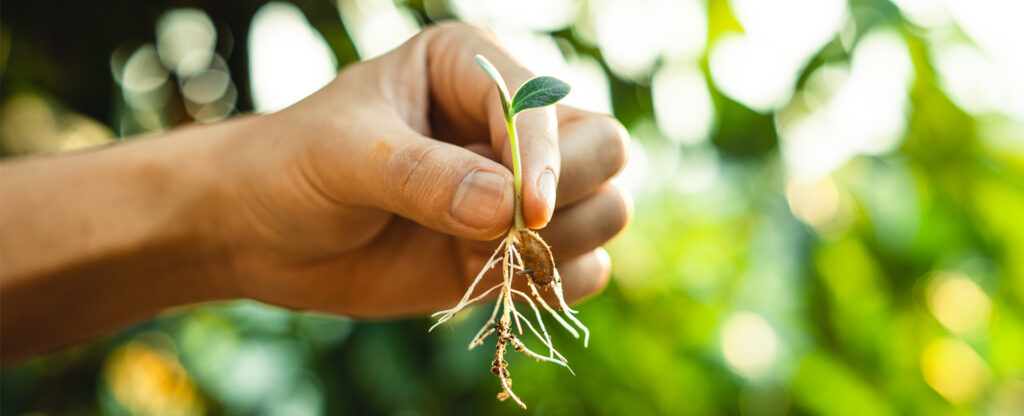
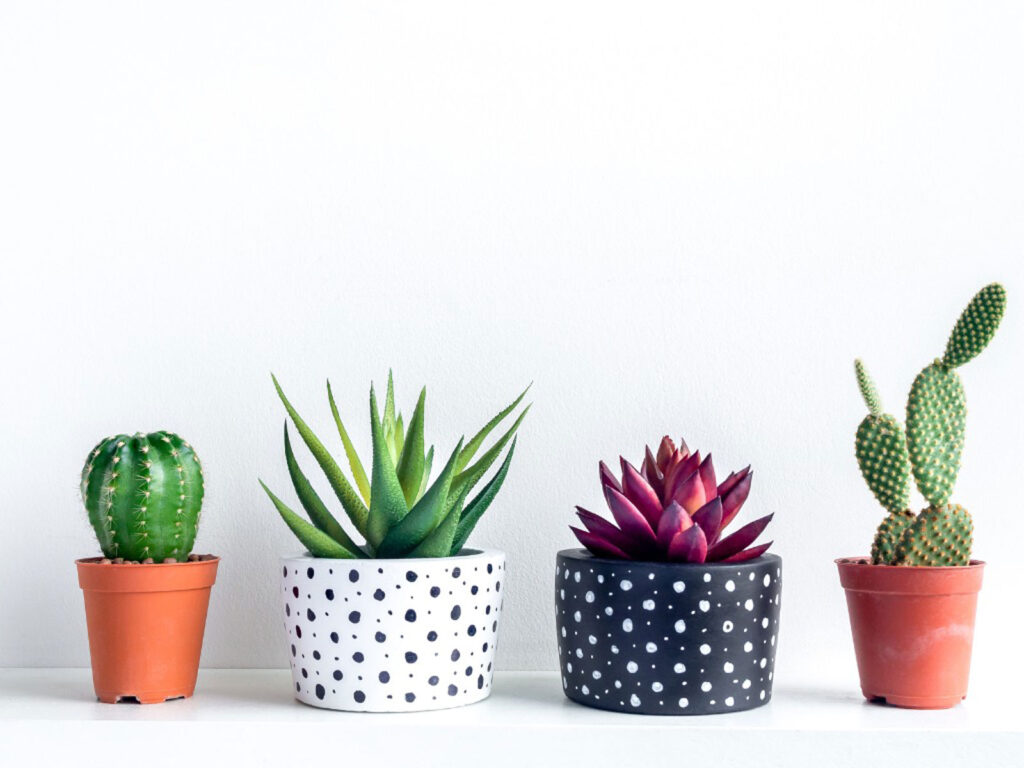
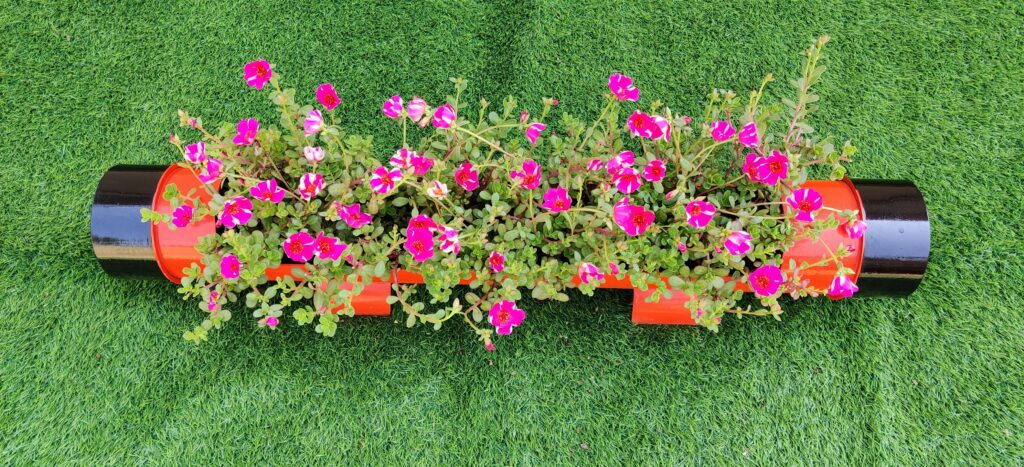


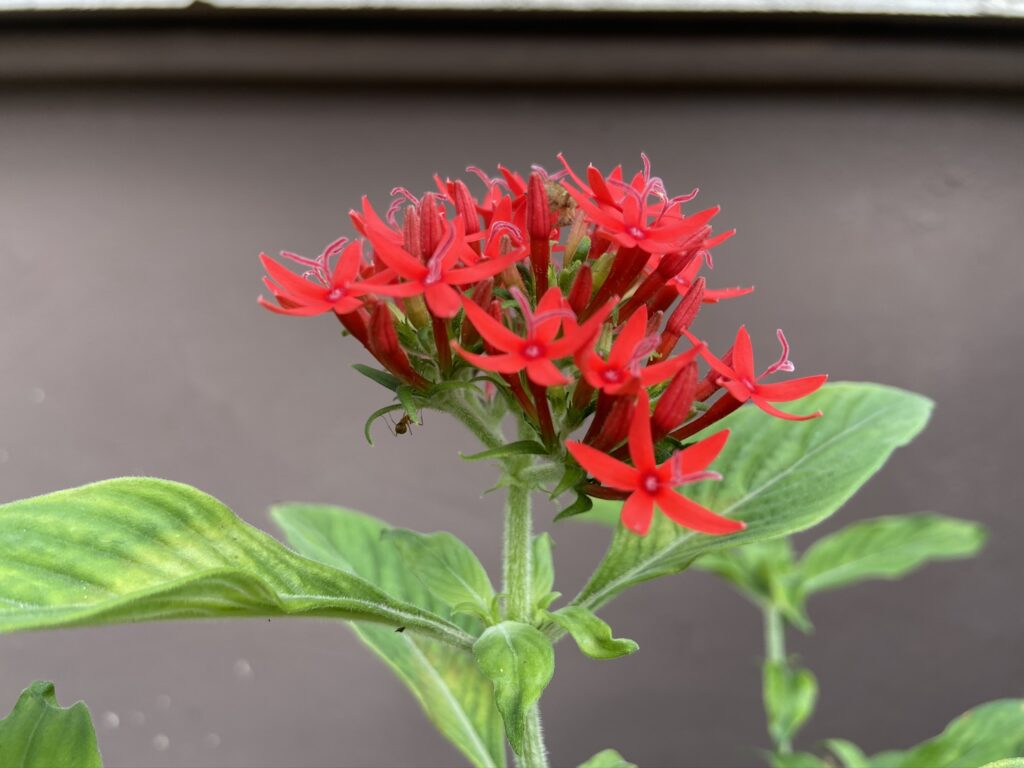


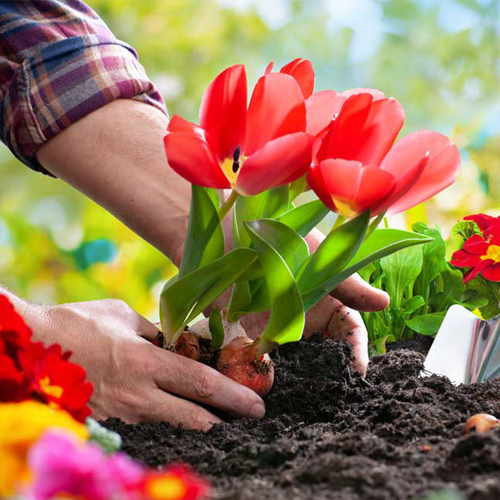
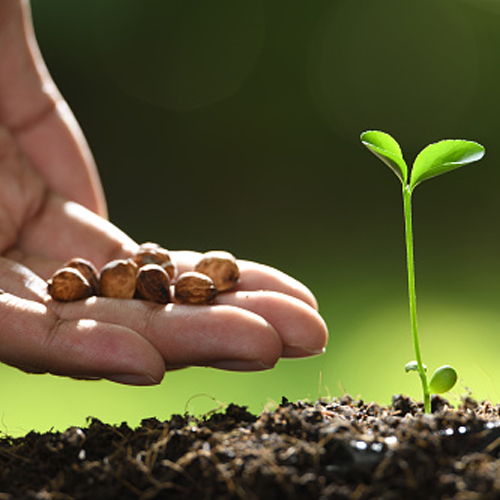
The word ‘plant’ encompasses a wide range of living organisms, all of which belong to the kingdom Plantae and share a range of characteristics.
In this article, we examine the key characteristics of land plants – bryophytes, lycophytes, ferns and seed plants.
Key Characteristics
Land plants are multicellular organisms that can be distinguished from other living things by a number of characteristics:
- They make their own food. Plants are photosynthetic and contain a green pigment called chlorophyll, which enables plants to convert energy from the sun into food. Plants store their food as starch.
- Most plants are rooted to one place – some plants can orientate leaves towards the sun and some respond to touch.
- Plant cell walls are rigid as they’re made of cellulose.
- The life cycle of plants includes both a sporophyte and a gametophyte generation. The two generations alternate, each giving rise to the other. This is called ‘alternation of generations‘.
The Evolution Of Land Plants
Land plants evolved from a single common ancestor. They can be distinguished from each other by a number of characteristics including whether they are seeded or seedless and whether they are vascular or non-vascular
Vascular Or Non-Vascular Plants
Plants can be either vascular or non-vascular.
Vascular tissues, called xylem and phloem, link all parts of the plant and transport water, nutrients and manufactured food around. These tissues also form part of the structural support for plants.
Plants that have vascular tissues are vascular plants and are called tracheophytes. Ferns are examples of vascular plants. The xylem allows the movement of water and nutrients from the roots to the rest of the plant while the phloem transports nutrients and sugars around the plant. Vascular tissue allows the plants to grow taller as there is an efficient means of connecting nutrients and water to all parts of the plant. Mature xylem tissue forms the rings you see when a tree is cut down.
Plants that don’t have xylem and phloem are non-vascular plants. Mosses are examples of non-vascular plants. These plants have no vascular tissues to transport water and nutrients. They don’t have true leaves, roots or stems. Photosynthetic products are transported by osmosis. These plants must live near water and cannot grow tall.






